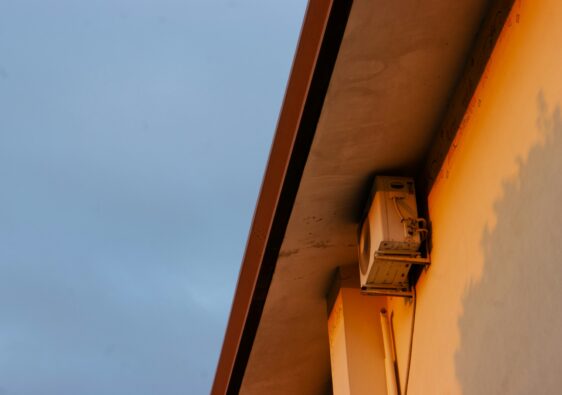Sprinkler systems are an essential component for maintaining a lush, green landscape. They offer convenience, efficiency, and even water distribution. However, the installation process can be intricate. This guide is designed to navigate you through the sprinkler installation process, from start to finish.
Choosing the Right Sprinkler System
- Drip Systems: Ideal for flowerbeds, vegetable gardens, and potted plants. They conserve water by dripping it directly to plant roots.
- Soaker Hoses: Best for gardens or flowerbeds in straight lines. They allow water to seep out over their entire length.
- Rotor Systems: Suitable for large areas, they shoot water in large drops, which means less water loss due to evaporation and wind.
- Spray Systems: These are best for small to medium-sized areas like lawns.
Planning Your Sprinkler Layout
- Evaluate Water Pressure: Using a pressure gauge, check your water pressure. It will determine the kind of sprinkler heads and the number you can use in one zone.
- Measure Your Area: Sketch your yard and include gardens, patios, shrubs, etc. Note the locations for sprinkler heads.
- Water Zones: Divide your yard into zones based on plant type and sunlight received. Different zones may need different amounts of water.
Steps for Installation
- Trenching: Dig trenches 6-12 inches deep to lay down your pipes. Use a trenching shovel or rent a trencher.
- Lay PVC Pipes: Connect your pipes, ensuring they run from your main water source to each sprinkler head location.
- Install Sprinkler Heads: Attach these to risers. Ensure they are at ground level to avoid damage during mowing.
- Connect to Water Source: This usually means connecting your system to your home’s main water line. You might need a professional for this step.
- Install a Controller: This will automate when your sprinklers run and for how long. Position it in a garage or another protected area.
- Test Your System: Turn on each zone, checking for proper spray and coverage. Adjust as necessary.
Expert Tips
- Rain Sensors: Consider installing these to prevent watering when it’s raining.
- Water in the Early Morning: This reduces water loss from evaporation and helps prevent diseases in plants.
- Regular Maintenance: Check your system periodically for leaks, broken heads, or other issues.
Common Mistakes to Avoid
- Over-watering: This not only wastes water but can also damage plants. Ensure your zones are set correctly.
- Mismatched Sprinkler Heads: Using different types of heads in the same zone can lead to uneven watering.
- Ignoring Local Regulations: Some localities have restrictions on water use or when you can water. Always check local regulations before installation.
Installing a sprinkler system can be a significant boon for homeowners looking to maintain a vibrant garden or lawn. By following this guide, understanding the nuances of installation, and avoiding common pitfalls, you can enjoy an efficient system that serves your landscape for years to come.



